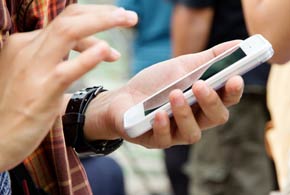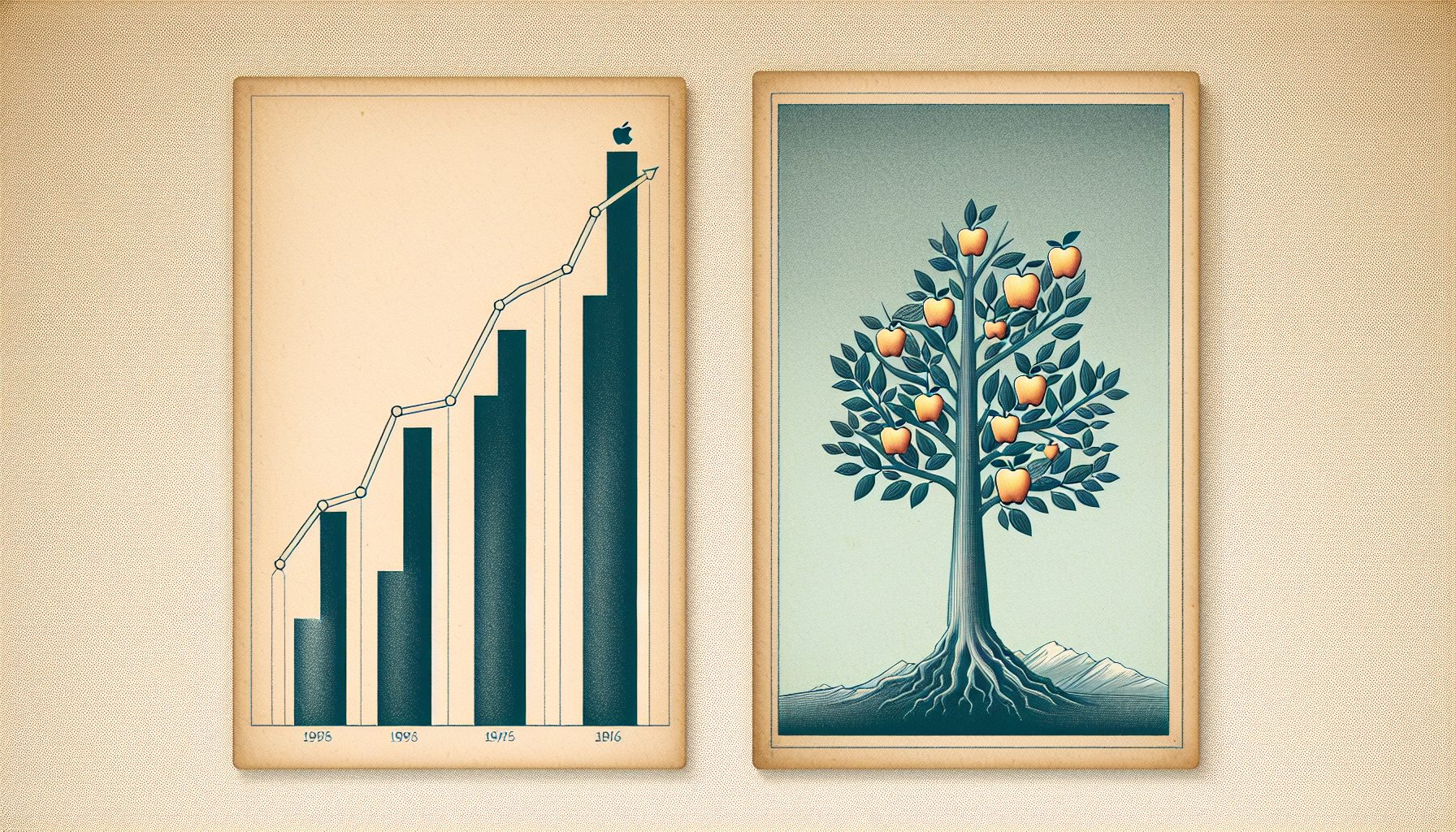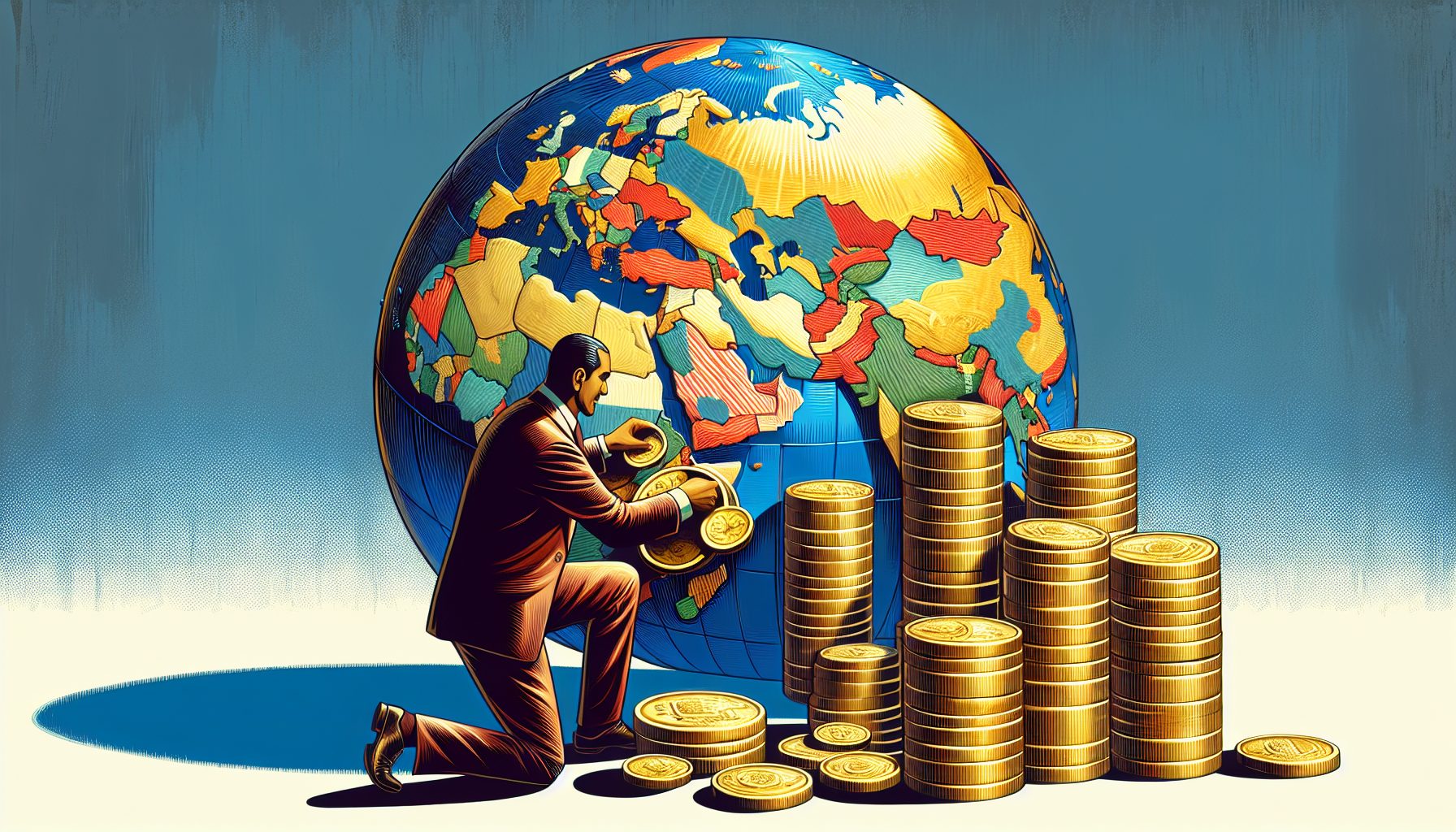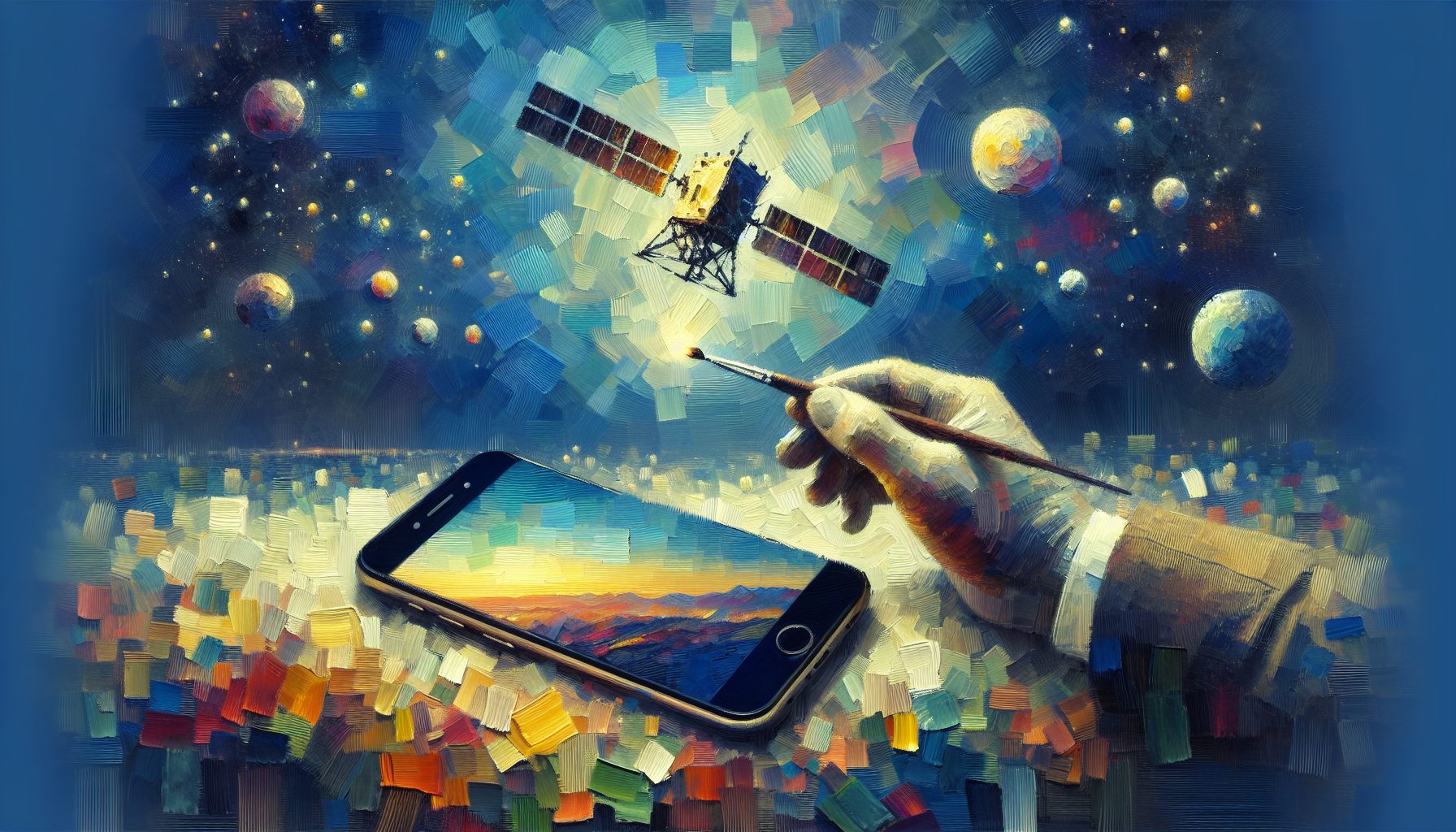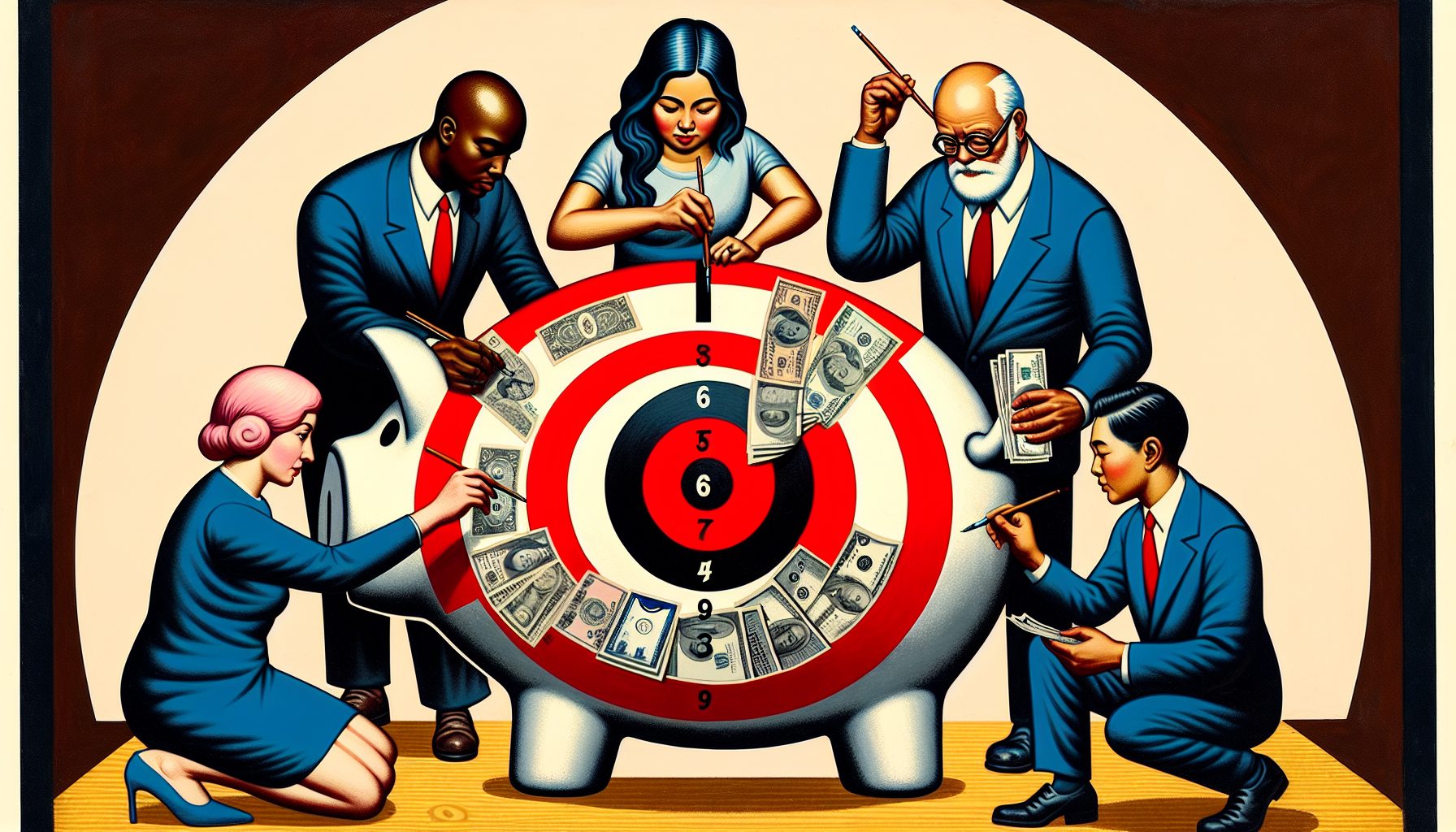Today’s focus on digital transformation misses a key point: The seemingly little things matter. How an app works, what features it offers, and how simple or difficult it is to initiate a service or pay for something speaks volumes.
No activity makes usability and functionality more apparent than international travel. Here’s a rundown of some winners and losers from a recent vacation abroad.
The Winners
Lyft. The fact that Lyft (like Uber) is awesome should come as no surprise to anyone. Ordering a vehicle to get from home to the airport and back was drop dead simple. I simply opened the app, selected the size of the vehicle desired, pushed a button, and the driver picked us up within five minutes. A promotional discount was applied automatically (there was no entering a code), my thumbprint was all that was required for payment, and it was easy to add a tip.
Google Maps. iPhones integrate with Apple Maps. However, Google Maps delivers better directions and much deeper integration with information services. It’s possible to conduct searches, view attractions or restaurants, save them as favorites, and map them when it comes to time to get to the destination. A user can create custom labels and even view popular times for an attraction.
The Losers
Starbucks. This global company, which rakes in nearly $20 billion in annual revenues, has an awesome app. However, if you’re outside the U.S., it won’t let you pay through the app or collect star points. It’s somewhat incredible that a company with such deep pockets doesn’t integrate IT systems better than this. As a result, I tend to go wherever there’s convenient coffee rather than seeking out a Starbucks when outside the U.S. I’m sure I’m not alone.
Trip Advisor. I love this app. It allows travelers to find desirable hotels, restaurants and attractions. The reviews can also be very helpful. But when you want to book something, such as a hotel or tour, the app doesn’t integrate with a mobile wallet, such as Apple Pay or Samsung Pay. So, I had to fill in all the required information, including name, address and credit card number with the verification code. Can you say s-l-o-w and t-e-d-i-o-u-s? For example, when I bought tickets for Casa Batlló in Barcelona, it took about five minutes to handle a task that would take about one second with Apple Pay.
It’s 2017. Websites have been around for more than two decades and smartphones and apps have been in our hands for more than a decade. It’s time to pay attention to the details and take a mobile-first approach. Usability and functionality are everything.

